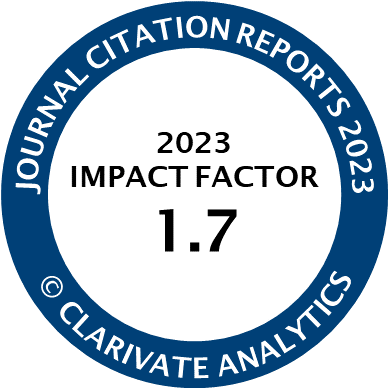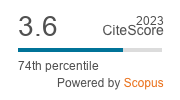Article | Open Access
Collective Housing in Belgium and the Netherlands: A Comparative Analysis
| Views: | 3166 | | | Downloads: | 2313 |
Abstract: Collective housing (CH) is undergoing a revival in Belgium. Since 2009, the Flemish Government Architect and his team have been advocating CH, stressing its importance as a task for architects given the demand for affordable housing and the need to reduce the environmental impact of housing. This support for CH has converged with the work of the non-profit citizen organization Samenhuizen (“Living together”) and the ad hoc initiatives taken by individual households and architects. In the Netherlands too, where there is a longer tradition of CH, the phenomenon is once more on the rise because of the housing crisis. As it is a developing topic, the terminology used for CH is also evolving. Drawing on publications on the subject in both Belgium and the Netherlands as well as on interviews with relevant stakeholders, this article sheds light on two widely published cases in both countries (pioneering and current, greenfield and conversion). These cases are compared in regard to thematic areas, based on an extensive literature study on collaborative housing by Lang et al. (2018). In addition to such aspects as the balance between “individuality” and the “collective,” we compare the role played by architects in both countries. Besides similarities, we show that the historical context, and especially the housing policy of each country, has a great influence and that the role of the architect is essential in the development of older and contemporary cohousing projects.
Keywords: central living; cohousing; collective housing; housing culture
Published:
© Els De Vos, Lidwine Spoormans. This is an open access article distributed under the terms of the Creative Commons Attribution 4.0 license (http://creativecommons.org/licenses/by/4.0), which permits any use, distribution, and reproduction of the work without further permission provided the original author(s) and source are credited.




